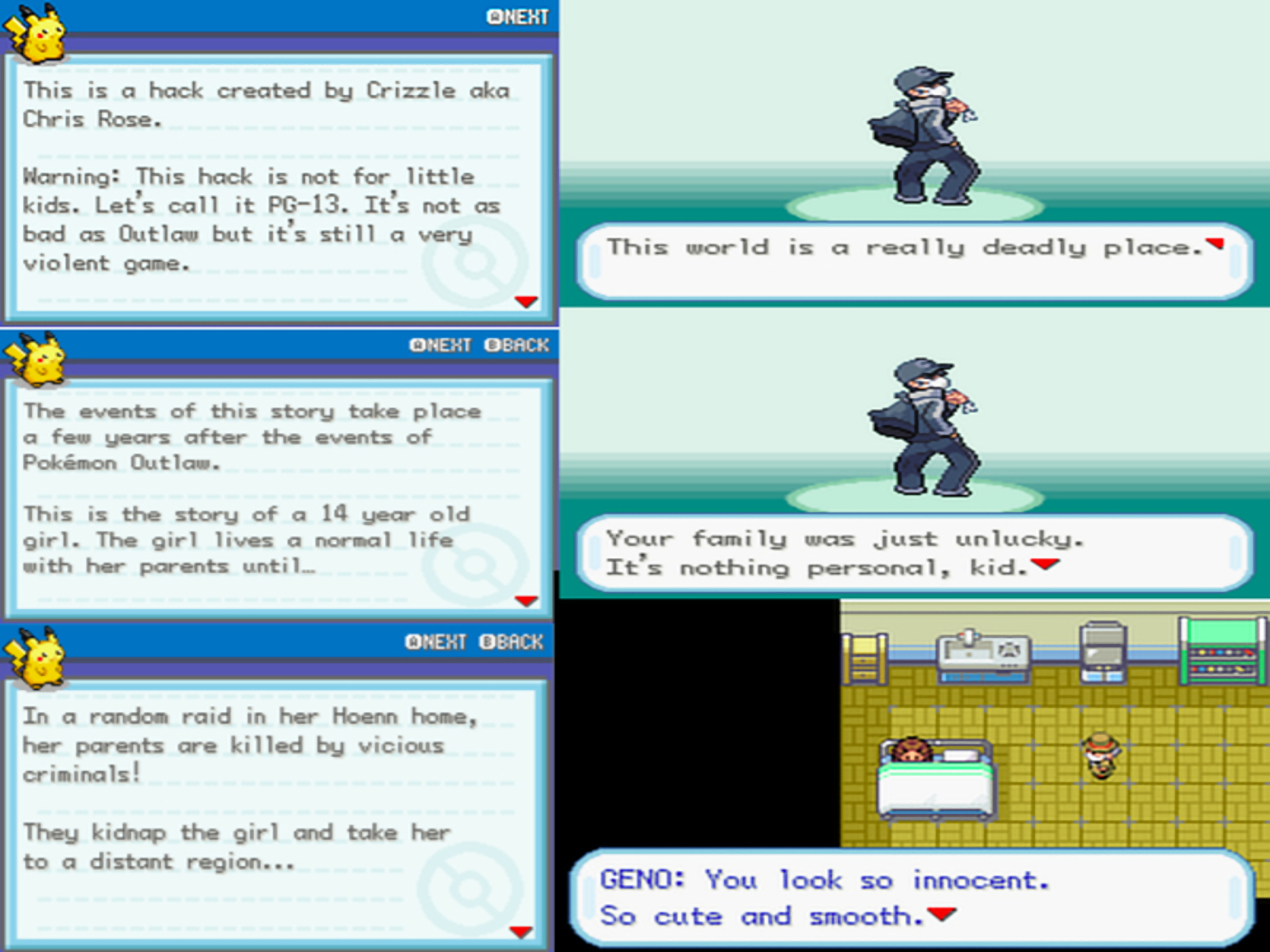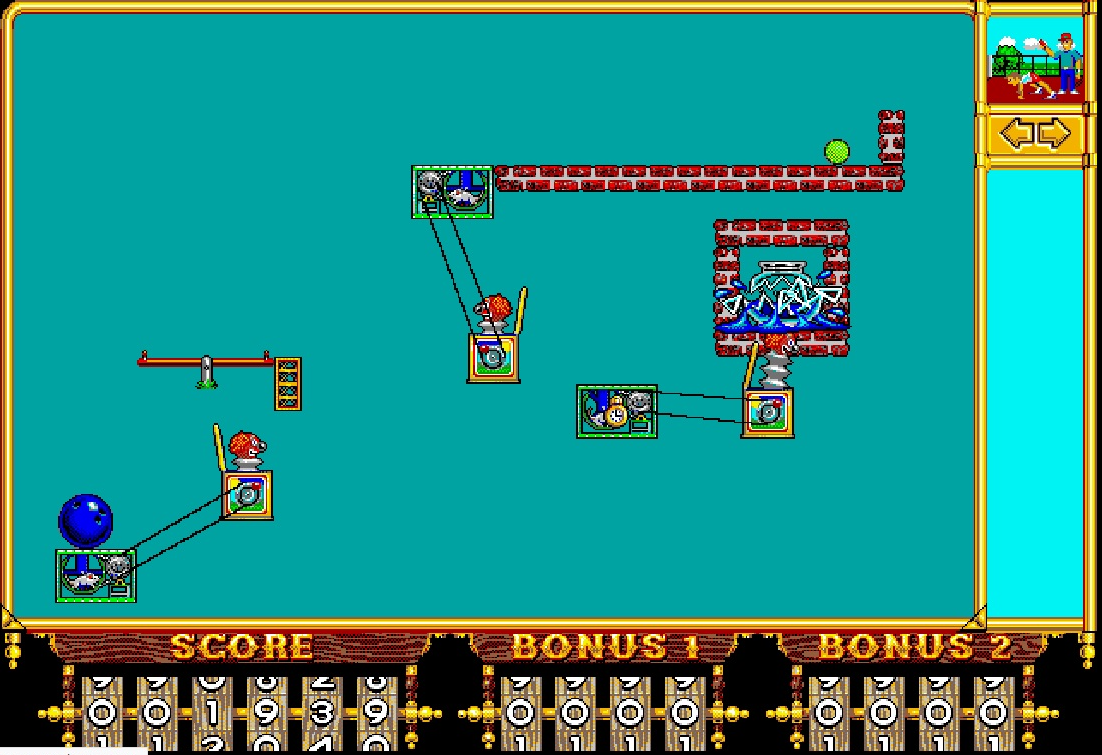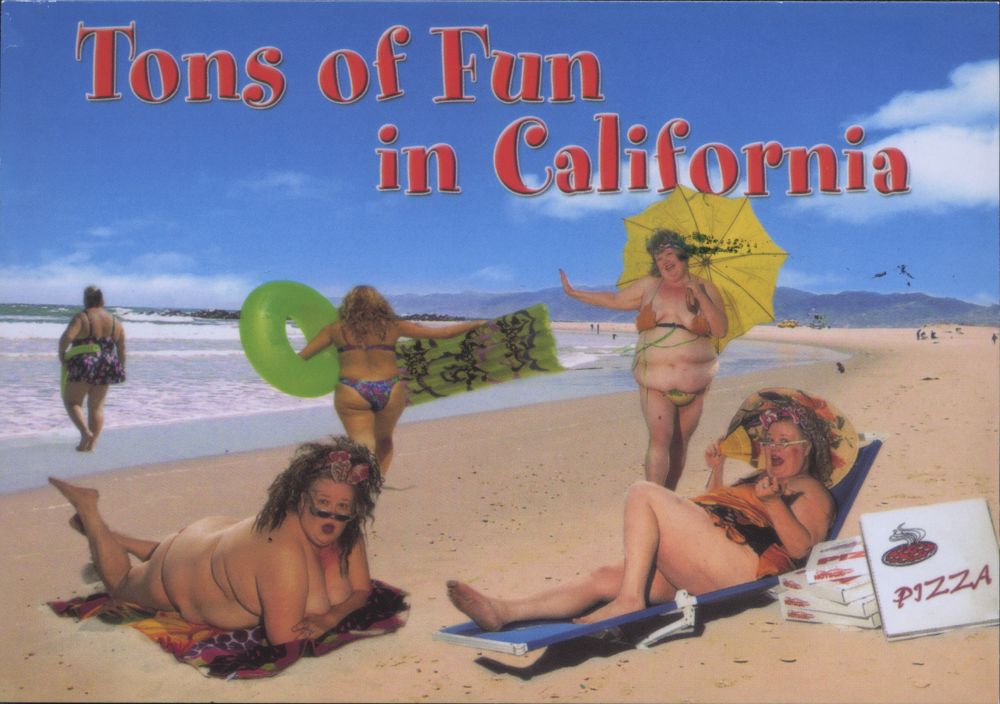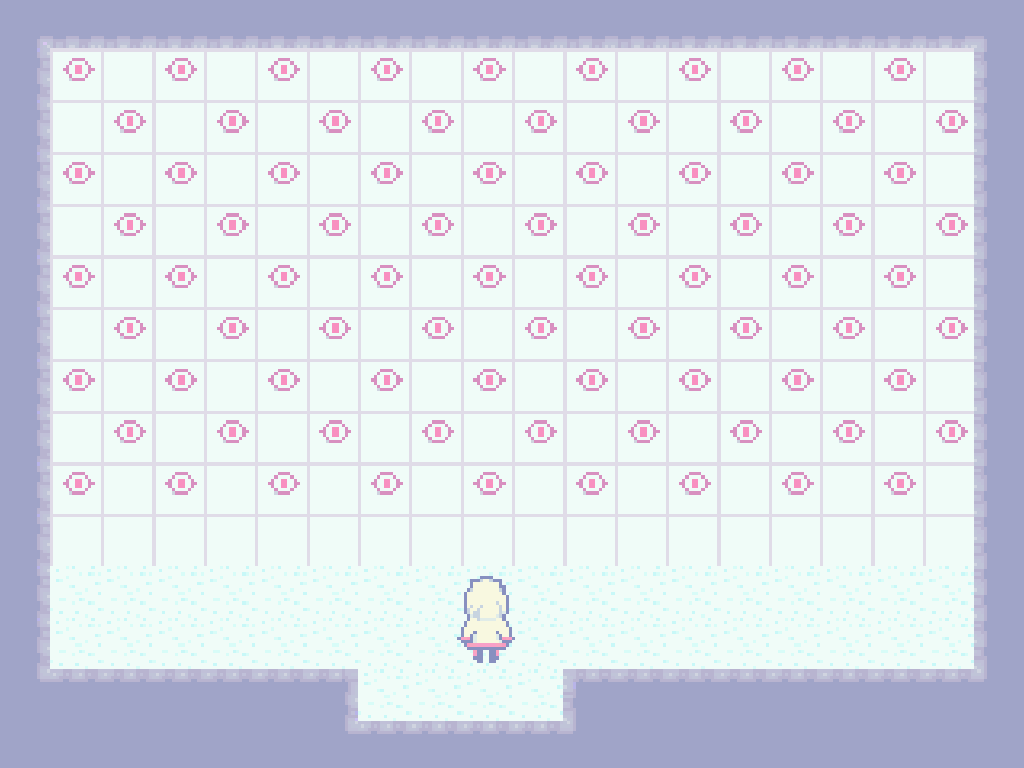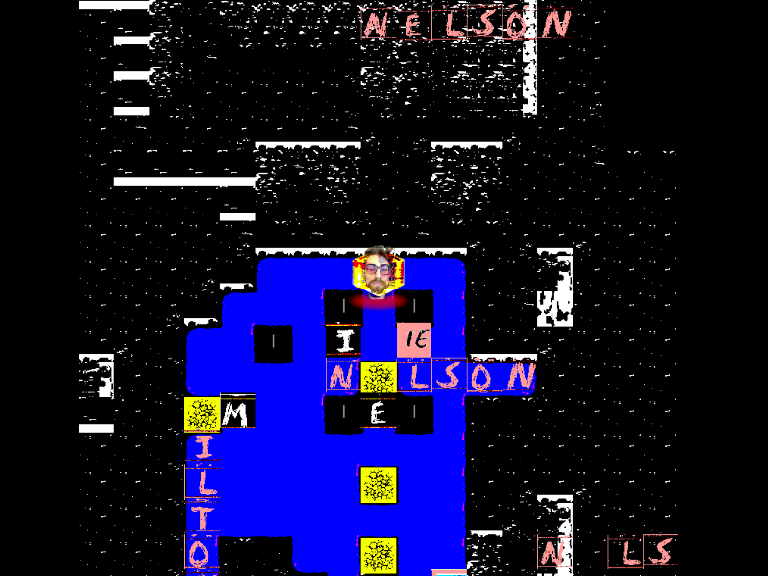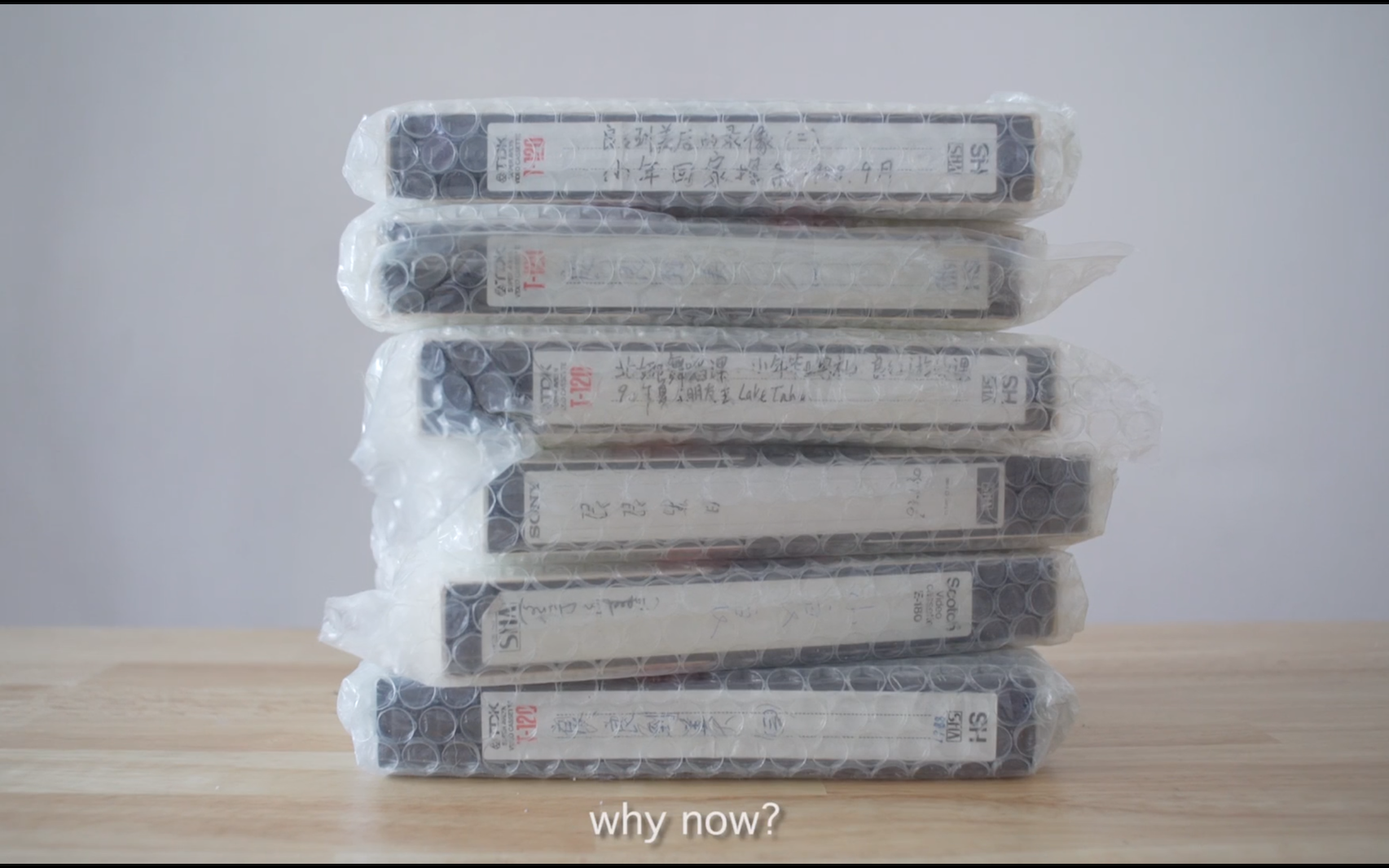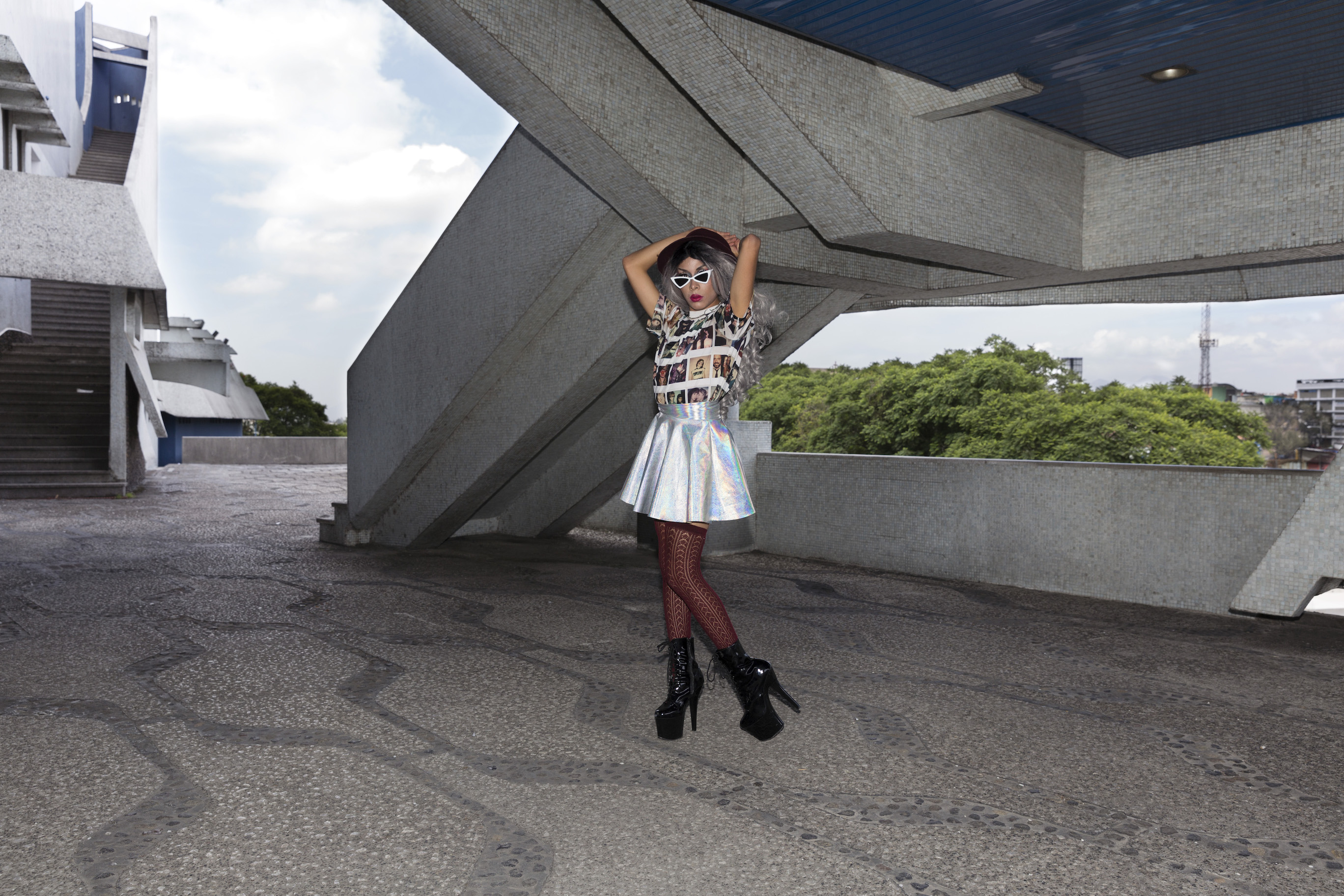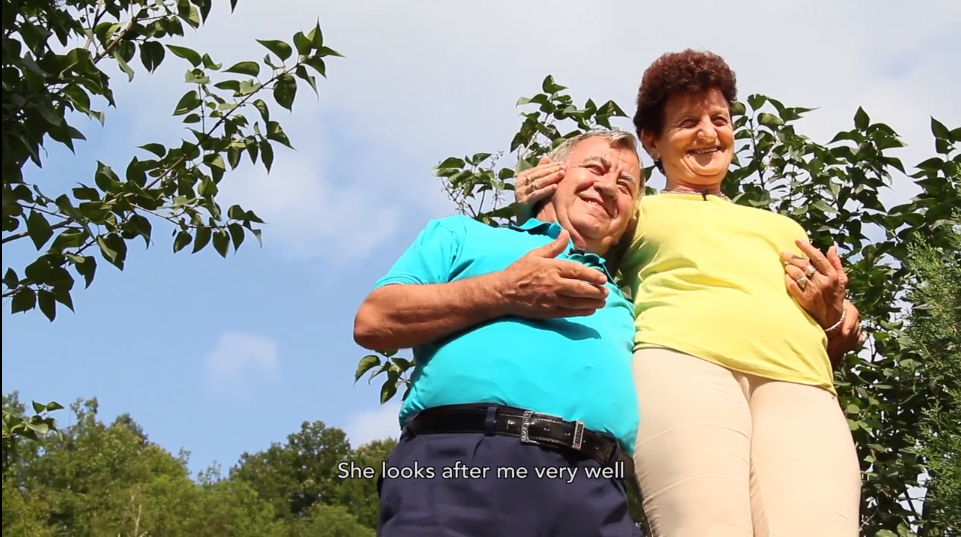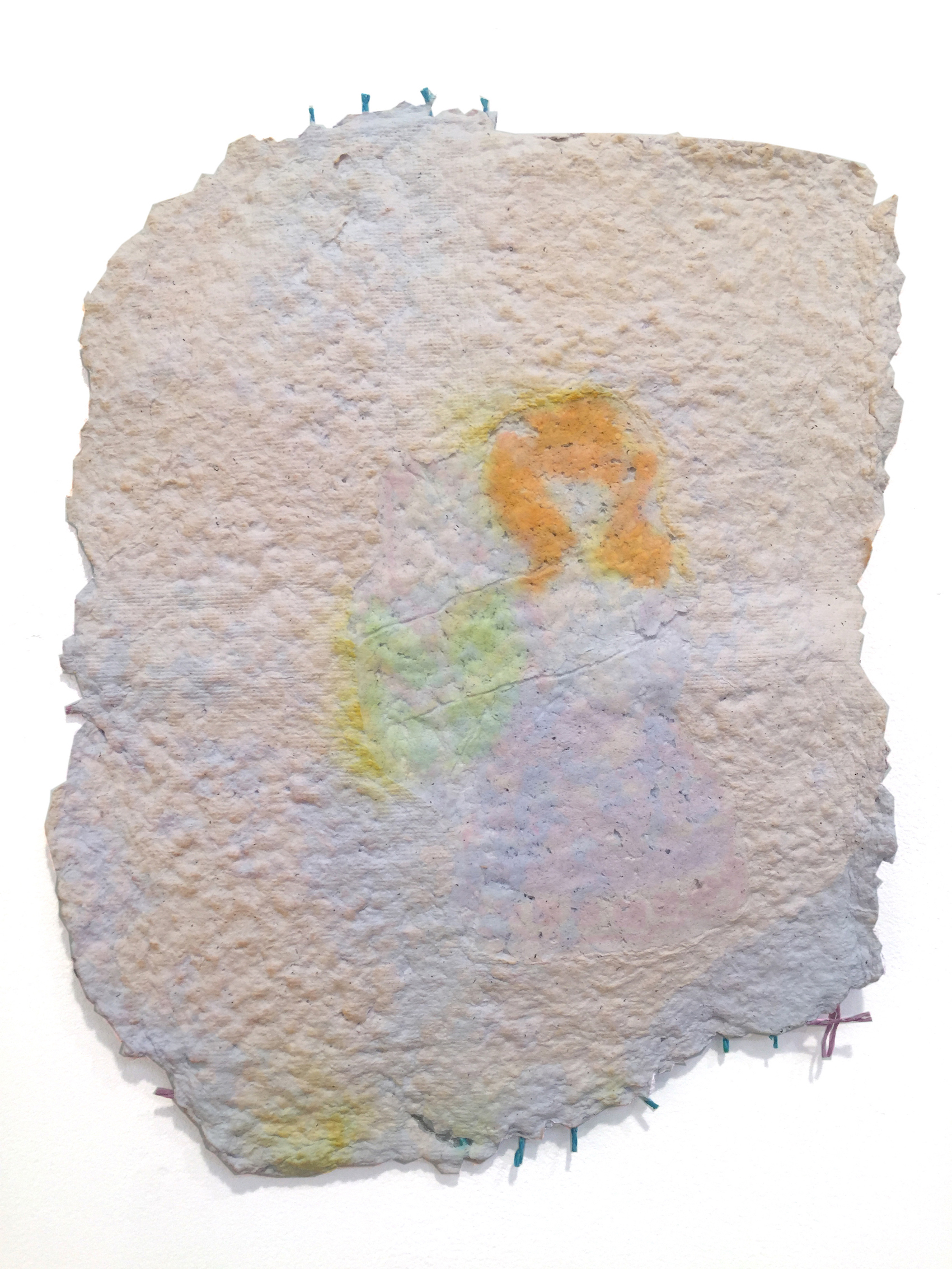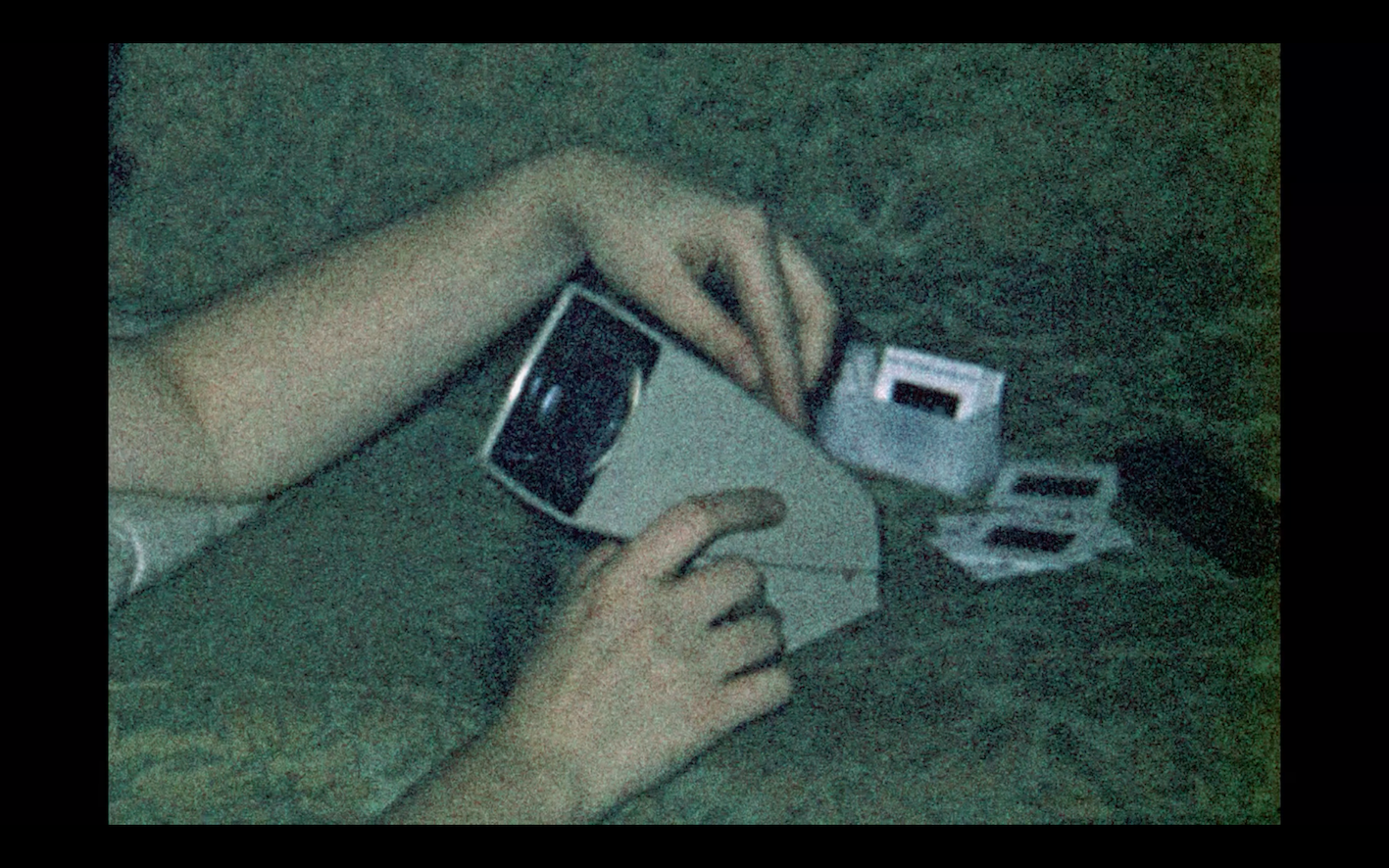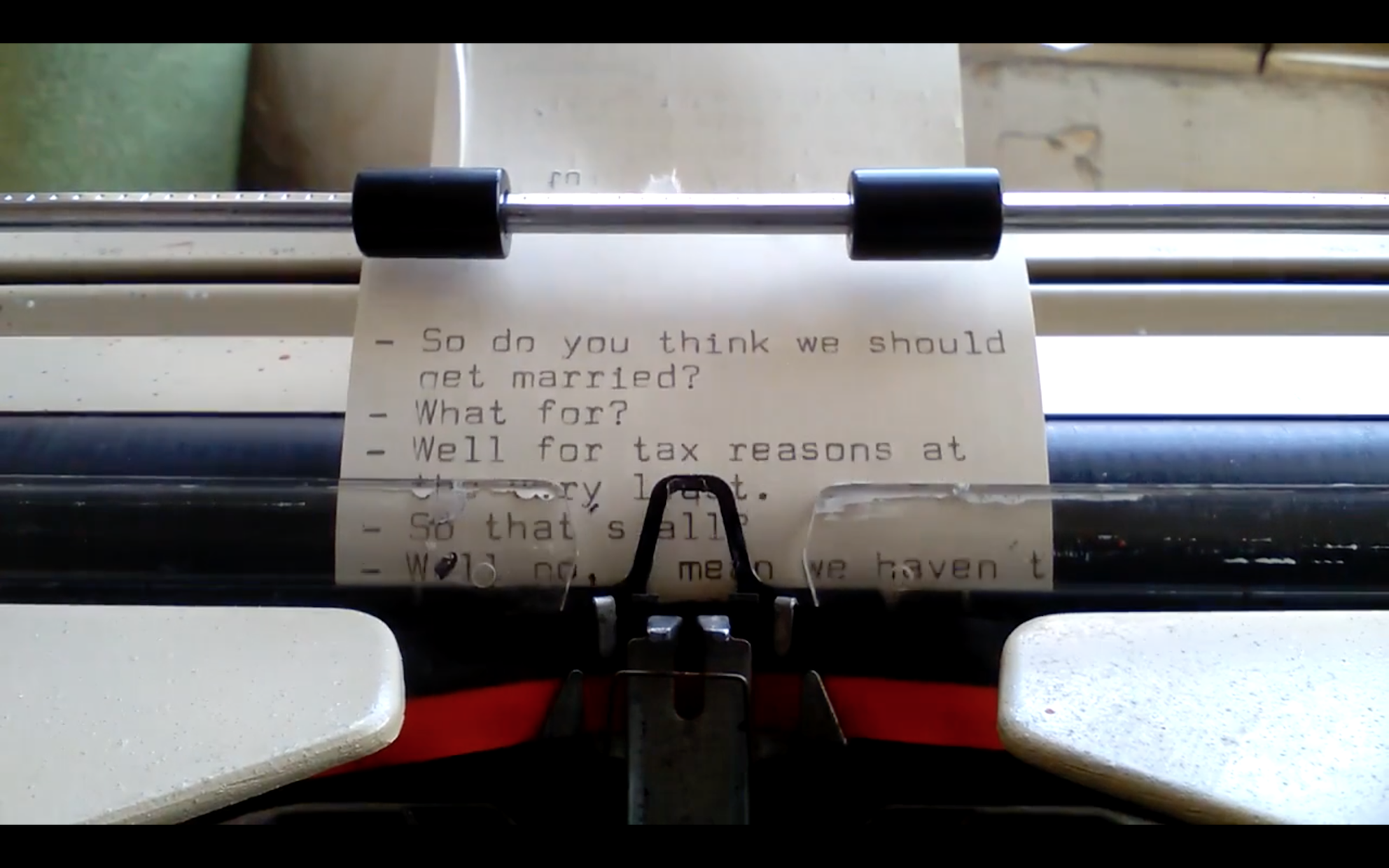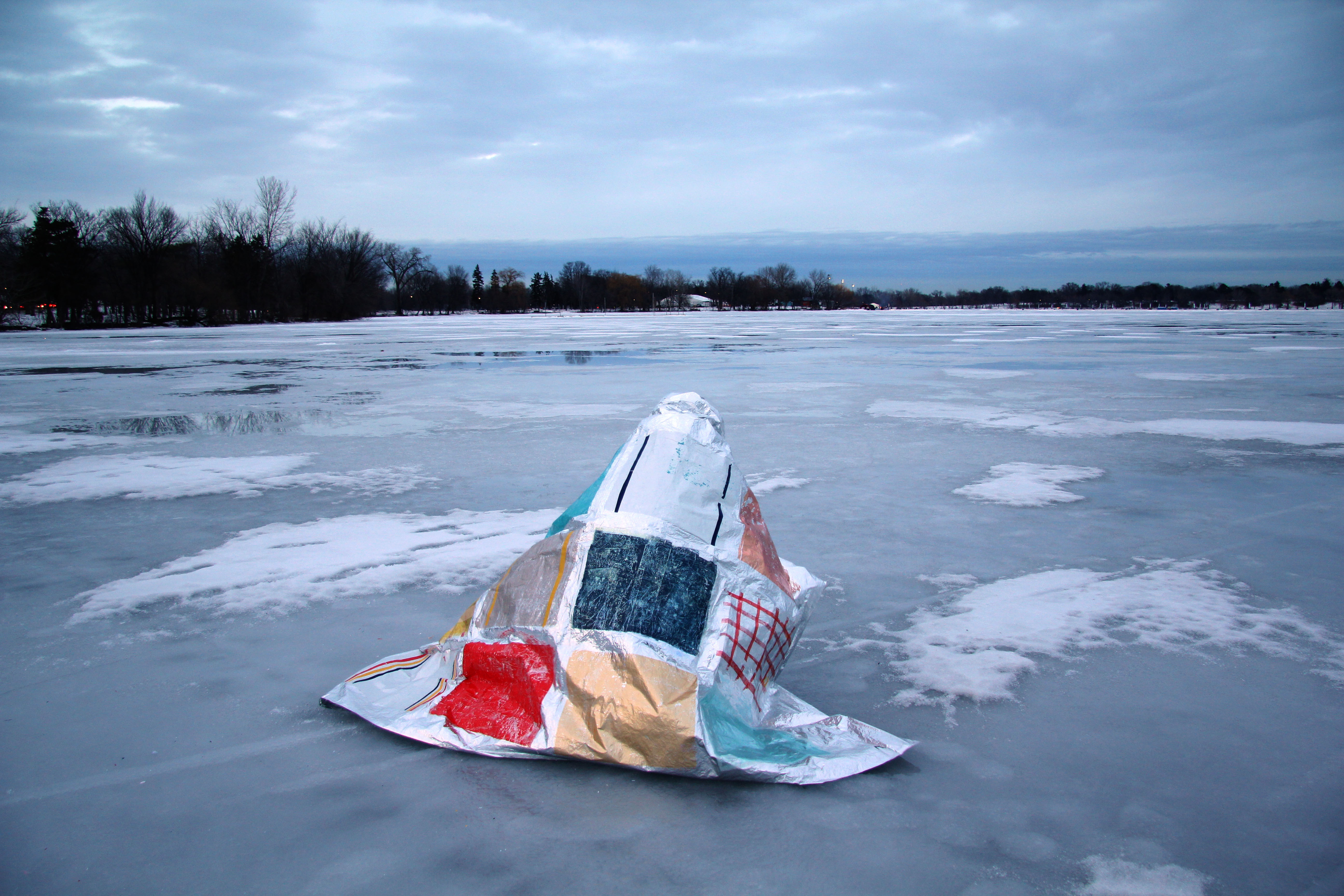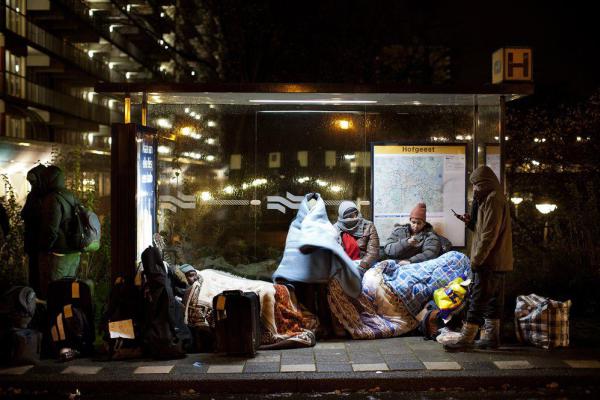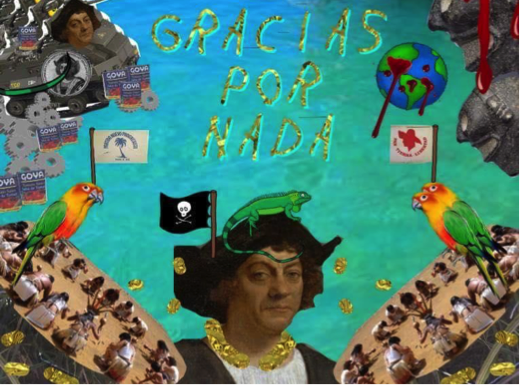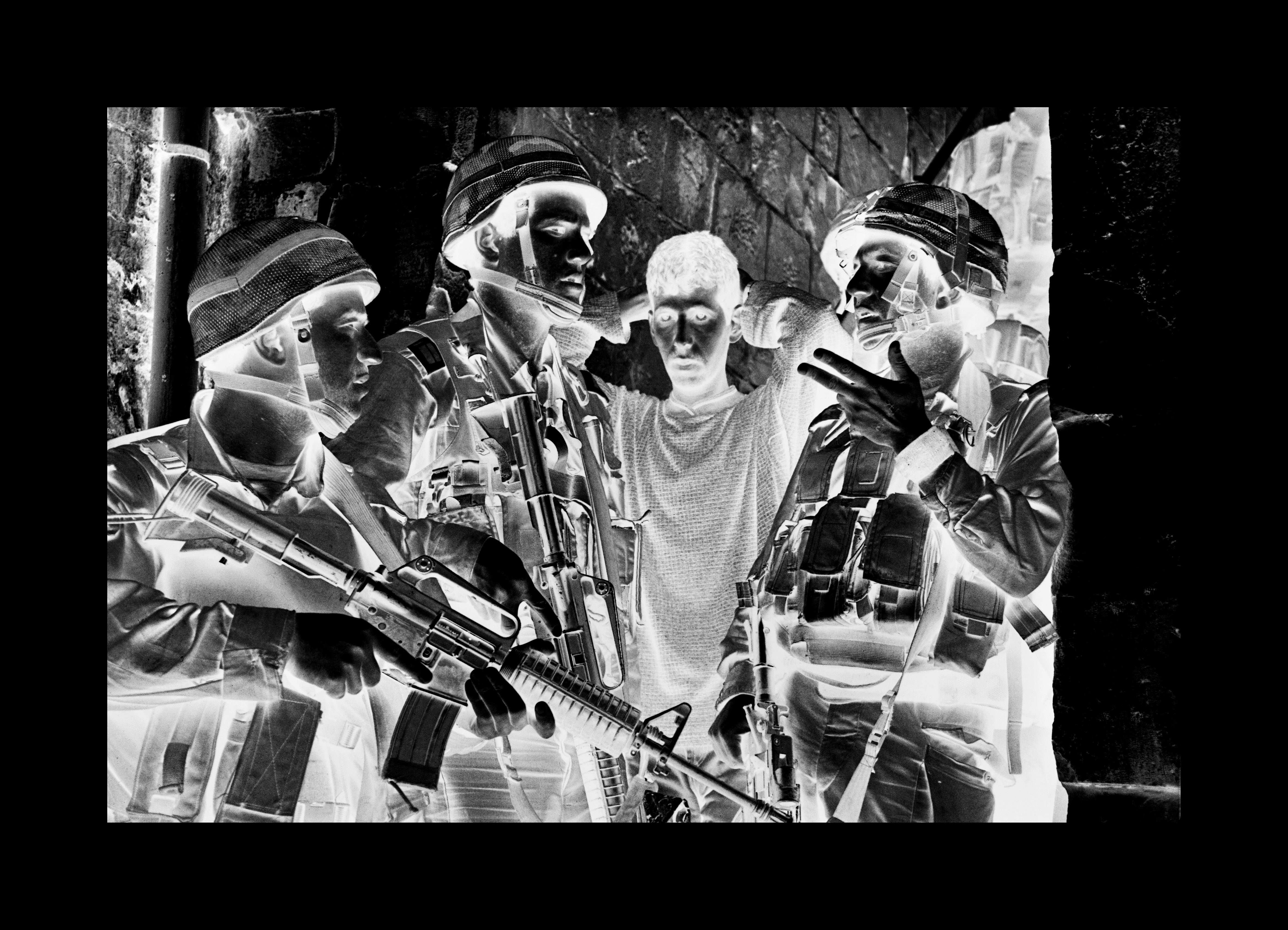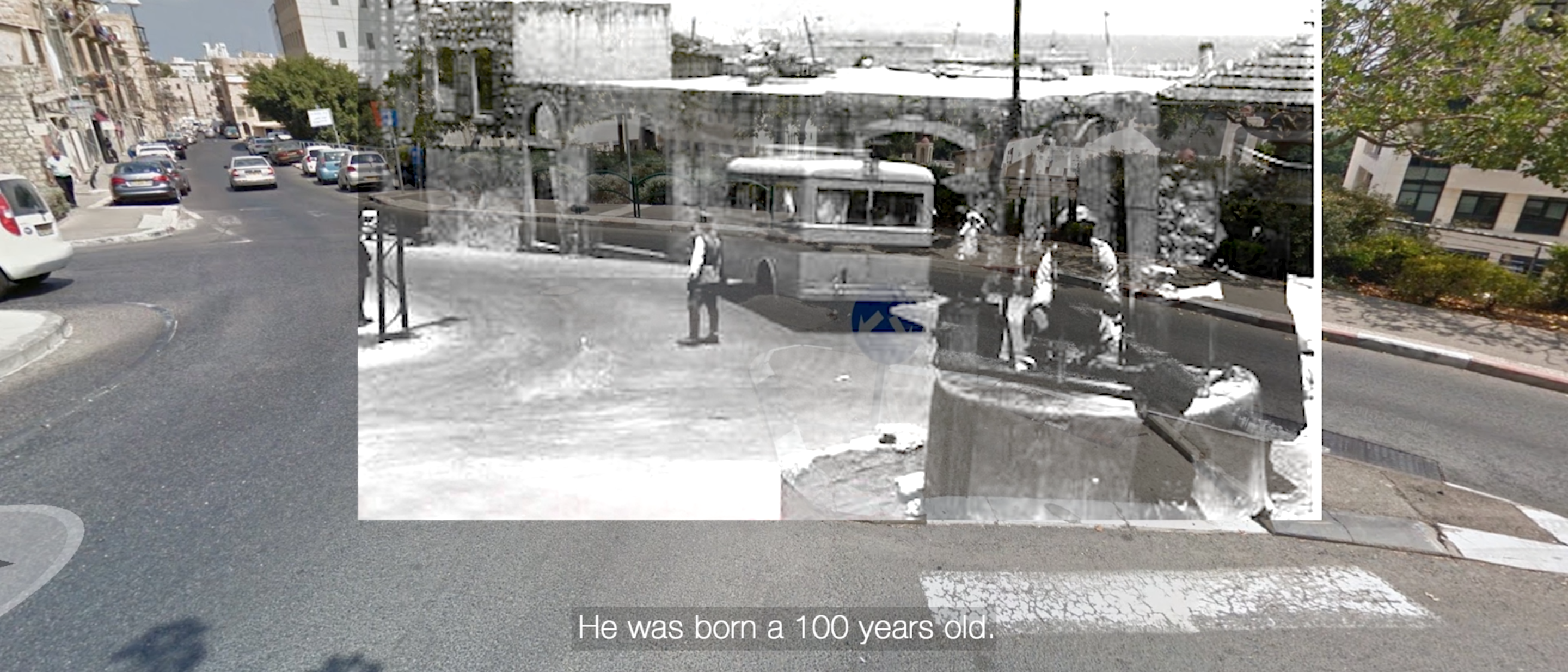Contributors / Issue 30 : Poetics of Play
Iasmin Omar Ata is a Middle Eastern & Muslim award-winning comics artist, game designer, and illustrator who creates art about coping with illness, understanding identity, dismantling oppressive structures, and Arab-Islamic futurism. Their recent graphic novel, Mis(h)adra, has resonated with readers and reviewers alike with its vivid and searingly honest account of epileptic lived experience. Iasmin has been reviewed by Kirkus, Publishers Weekly, The Electronic Intifada, Library Journal, NPR, and such; they’ve taught & spoken at the New York Public Library and Harvard University. They thrive on dedication, dreams, and hard work — and believe wholeheartedly in the healing power of art. Grant Bollmer is the author of three books, Inhuman Networks: Social Media and the Archaeology of Connection (2016, Bloomsbury), Theorizing Digital Cultures (2018, SAGE), and Materialist Media Theory: An Introduction (2019, Bloomsbury). He is an Assistant Professor of Media Studies at North Carolina State University, where he teaches in the Department of Communication and the Ph.D. program in Communication, Rhetoric, and Digital Media (CRDM), and is an Honorary Associate of the Department of Media …


